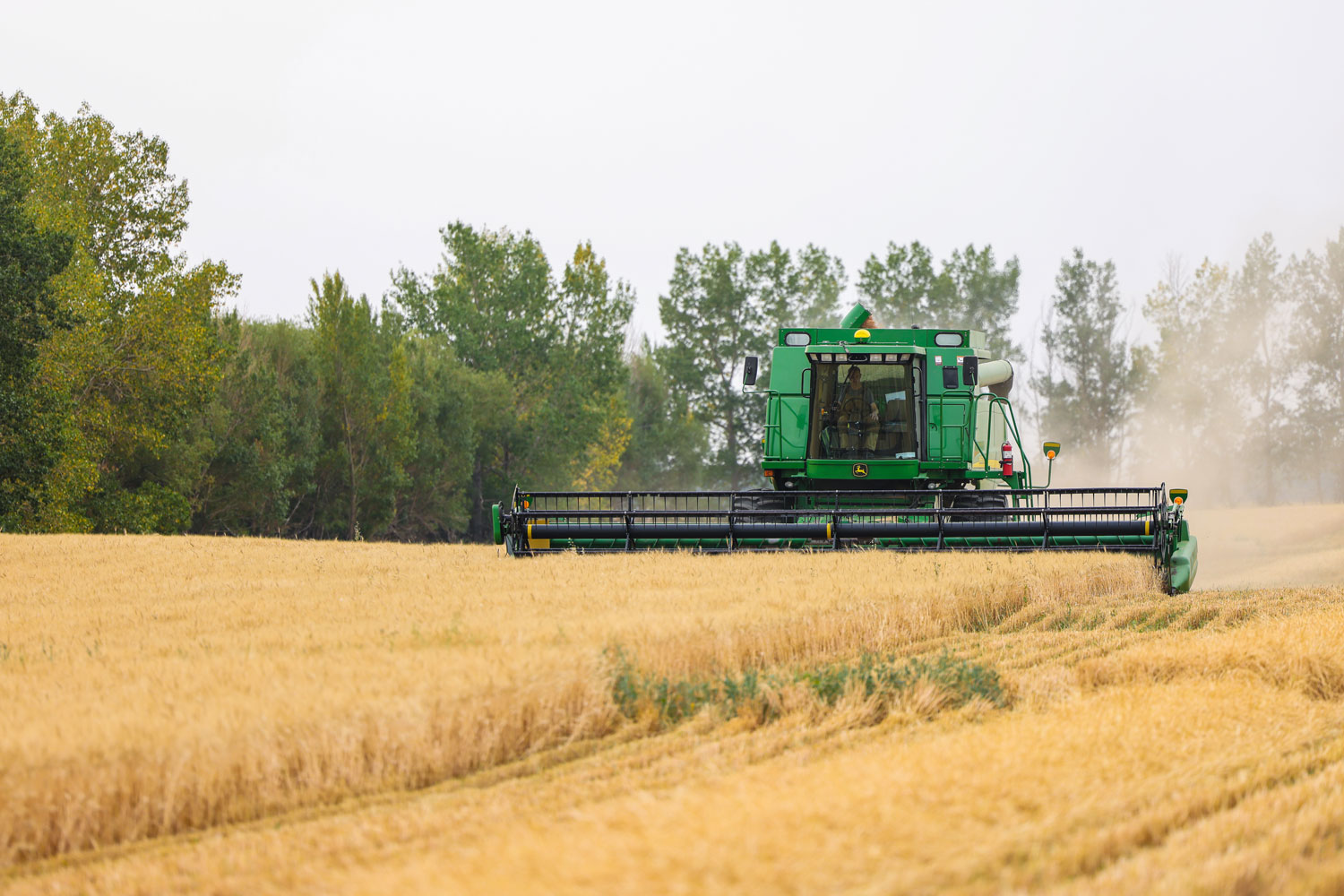
Image Source: Google
As a farmer, you understand the numerous risks that come with managing a farm. From unpredictable weather patterns to market fluctuations, many factors can impact your harvest and overall profitability. To protect your farm and ensure its prosperity, it's essential to develop a comprehensive risk management plan. By identifying potential risks and implementing mitigation strategies, you can safeguard your harvest and set yourself up for success. If you need more information about the farm risk management plan then you should click on this link https://www.farmcpareport.com/.
Identifying Risks
Environmental Risks
- Weather events such as droughts, floods, and storms
- Pest infestations
- Disease outbreaks
Market Risks
- Fluctuations in commodity prices
- Changes in consumer demand
- Supply chain disruptions
Operational Risks
- Mechanical breakdowns
- Labor shortages
- Regulatory compliance issues
Assessing Risks
Once you have identified the potential risks facing your farm, the next step is to assess the likelihood and potential impact of each risk. This involves analyzing the probability of each risk occurring and the financial or operational consequences it could have on your farm. By prioritizing risks based on their likelihood and impact, you can focus your resources on mitigating the most significant threats to your farm's success.
Developing Risk Management Strategies
Diversification
Diversifying your crops or livestock can help spread risk and protect your farm against market fluctuations or environmental events that may impact a single crop or product.
Insurance
Investing in crop insurance, liability insurance, or other types of coverage can help protect your farm against unexpected events such as crop failure, property damage, or legal liabilities.
Contracting
Entering into contracts with buyers, suppliers, or other partners can help provide stability and certainty for your farm by locking in prices or securing consistent demand for your products.
Emergency Preparedness
Developing an emergency preparedness plan that outlines how your farm will respond to various threats, such as natural disasters or disease outbreaks, can help minimize the impact of these events on your operations.
Implementing Your Risk Management Plan
Once you have developed a risk management plan that addresses the key risks facing your farm, it's essential to implement the plan effectively. This involves communicating the plan to all stakeholders on your farm, from employees to suppliers to partners, and ensuring that everyone understands their role in managing risks. Regularly review and update your risk management plan as needed to account for changes in your farm's operations or external environment.
Monitoring and Reviewing
Monitoring the effectiveness of your risk management plan is critical to ensuring its success. By regularly reviewing your farm's performance against the goals and strategies outlined in your plan, you can identify any gaps or weaknesses that need to be addressed. Make adjustments to your plan as necessary to improve its effectiveness and protect your farm against new or evolving risks.
Conclusion
Developing a comprehensive farm risk management plan is essential for safeguarding your harvest and ensuring the long-term prosperity of your farm. By identifying potential risks, assessing their likelihood and impact, and implementing strategies to mitigate them, you can protect your farm against a wide range of threats and set yourself up for success. By regularly monitoring and reviewing your risk management plan, you can adapt to changing circumstances and ensure that your farm remains resilient in the face of uncertainty.
